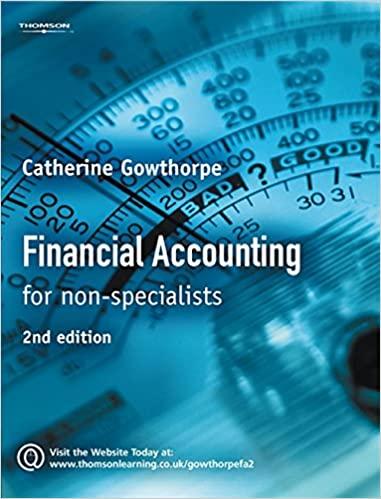QUESTION 20 (Ignore income taxes in this problem.) The following data pertain to an investment project: Investment required $34,055 Annual savings 55000 Life of the project 15 years The internal rate of return is: a. 12 b. 149 O c. 1096 O d. 896 QUESTION 1 Lumber produced in a lumber mill results in several different products being produced from each log such products are called joint products. True False QUESTION 2 Future costs that do not differ between the alternatives in a decision are available costs. True False QUESTION 3 When the internal rate of return method is used to rank investment proposals, the lower the internal rate of return, the more desirable the investment. True O False 2 pol QUESTION 4 Both the net present value method and the internal rate of return method can be used as a screening tool in capital tidprting decisions True False QUESTION 5 A company's acid-test ratio will always be less than or equal to its current ratio e True False QUESTION 6 Vertical analysis of financial statements is accomplished through the preparation of common site statements. True False QUESTION 7 When a multi product factory operates at full capacity, decisions must be made about what products to emphasize. In making such decisions, produ should be ranked based one Oa, selling price per unit b.contribution margin per unit c. contribution margin per unit of the constraining resource Od. unit sales volume QUESTIONS In a make-or-buy decision, relevant costs include: O a. unavoidable fixed costs b. avoidable fixed costs Oc fixed factory overhead costs applied to products O d. fixed selling and administrative expenses QUESTIONS Use the following information to answer Questions 4.9 and 4.106 The Wester Company produces three products with the following costs and selling prices Product Product Products 521 512 Selling price per unit $32 57 518 511 Variable cost per unit 59 $ 55 Fixed cost per unit 0.4 0.1 0.7 Direct labor hours per unit 0.5 0.2 0.2 Machine hours per unit The company has insufficient capacity to fulfill all of the demand for these three products. if direct labor hours are the constraint, then the three products should be produced in the order a. A, B, C Ob.B.A.C OG CAB Od AGB QUESTION 10 Using the information from Question 4.9 uchine hours are the constraint, then the three products should be produced in the order: a. Al OLGA OCAGO d.CAB QUESTION 11 Hal Etoesus currently works as the fry guy at Burger Breath Drive Thru but is thinking of quitting his job to attend college full time next semester. Which of the following would be considered an opportunity cost in this decision? a the cost of the textbooks Ob. the cost of the cola that Hal will consume during dass Hal's lost wages at Burger Breath Od both A and B above QUESTION 12 Direct Materials Use the following to answer Question 4.12 and Question 4.13. The Talbot Company makes wheels that it uses in the production of bicycles. Talbot's costs to produce 100,000 wheels annually are: $30.000 Direct Labor 550.000 Variable overhead $20.000 Fixed overhead $70,000 An outside supplier has offered to sell Talbot similar wheels for $1.25 per wheel. If the wheels are purchased from the outside supplier, $15,000 of annual fixed overhead could be avoided and the facilities now being used could be rented to another company for $45,000 per year. If Talbot chooses to buy the wheel from the outside supplier, then the change in annual net operating income due to accepting the offer is a: a $35.000 increase b. 510.000 decrease O c. 545.000 increase d. $70.000 increase QUESTION 13 Using the information from Question 4.12: What is the highest price that Talbot could pay the outside supplier for the wheel and still be economically indifferent between making or buying the wheels? a $1.70 b. $1.60 O c. 51.55 Od. $1.15 QUESTION 14 The Molis Company has the capacity to produce 15,000 haks each month. Current regular production and sales are 10,000 haks per month at a selling price of $15 each. Based on this level of activity, the following unit costs are incurred: Direct materials $5.00 Direct labor $3.00 Variable manufacturing overhead $0.75 Fixed manufacturing overhead $1.50 Variable selling expense $0.25 Fixed administrative expense $1.00 The fixed costs, both manufacturing and administrative, are constant in total within the relevant range of 10,000 to 15,000 haks per month Save As Ant














